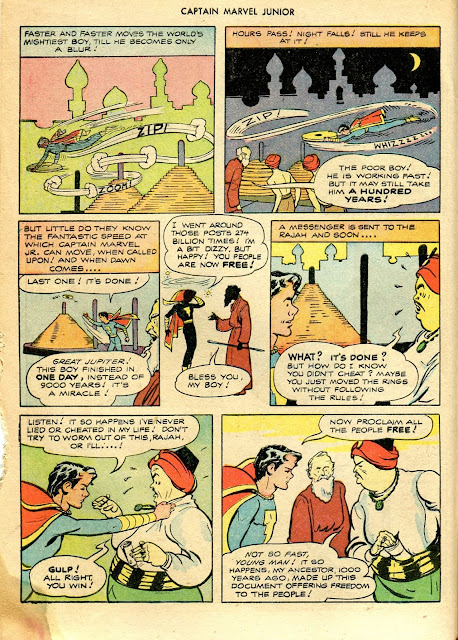[basically picking up from where we left off in the
previous post]
Simple prose to George Polya was like short prose to Pascal, a sign of hard work and careful thought. Polya kept his popular writing clear and direct. That readability has a potential downside, though; it can cause readers to go too fast, to miss subtleties and mistake insightful points for pleasant truisms. For that reason, I'm going to slow down and spell out some points implicit in the original text:
1. We want mathematics education to produce problem-solvers, but we need those problem-solvers to be observant, resourceful and self-reliant. It is possible for a student to be quite successful without these traits, at least for a while, but outside of the classroom they are essential.
2. Attitude is a major factor in all of these traits, so in addition to cultivating them, you also have to cultivate the belief in them. Teachers work toward their own obsolescence. Insert whatever metaphor you want (crutch, training wheels), but when the process is over, we want students to think independently. That requires ability but it also requires faith. We develop that ability by having students work as independently as is feasible; we develop that faith by reinforcing the perception of independence, even if it is, very occasionally, illusory.
3. As with physical training, there's a sweet spot between too much and too little, both in terms of difficulty of the work and level of assistance. We want to challenge the students, but we don't want to make things so difficult that they give up or become so timid that they ask for help for problems they would have figured out on their own in another couple of minutes.
4. Doing all of this requires teachers to think both objectively and subjectively. Part of this is for empathy and for getting a read on an appropriate level of difficulty. The main reason, though, is given away by the last sentence. You want to ask questions that "could have occurred to the student himself" because at some point you want them to become questions that the students do ask themselves.
Polya's approach has been called Socratic, but that's not a good fit. The Socratic method is usually concerned with testing hypotheses. Polya is more interested in how we find hypotheses. From the
preface:
The author remembers the time when he was a student himself, a somewhat ambitious student, eager to understand a little mathematics and physics. He listened to lectures, read books, tried to take in the solutions and facts presented, but there was a question that disturbed him again and again: "Yes, the solution seems to work, it appears to be correct; but how is it possible to invent such a solution? Yes, this experiment seems to work, this appears to be a fact; but how can people discover such facts? And how could I invent or discover such things by myself?"
For Polya, the questions students asked themselves (like "what's the unknown?" or "would it help to draw a diagram?") were an internal resource, a way of coming up with approaches to a troublesome problem by turning a problem over, examining it and restating it, looking for patterns and inspiration and lucky guesses.
And finally
5. If done correctly, Polya's approach to teaching is not only remarkably, perhaps even optimally effective; it is also surprisingly enjoyable on both sides of the table. The teacher gets to engage in a stimulating conversation instead of just mindlessly running through an algorithm while the student comes away with the sense of accomplishment that comes from having solved a problem instead of simply having been told how to solve it. Perhaps as important, the solutions arrived at through this method tend to make much more sense to the student. That helps with retention and conveys the essential message that math always makes sense if you look at it right.
Now, after too much delay, here's the opening to
How to Solve It.





















